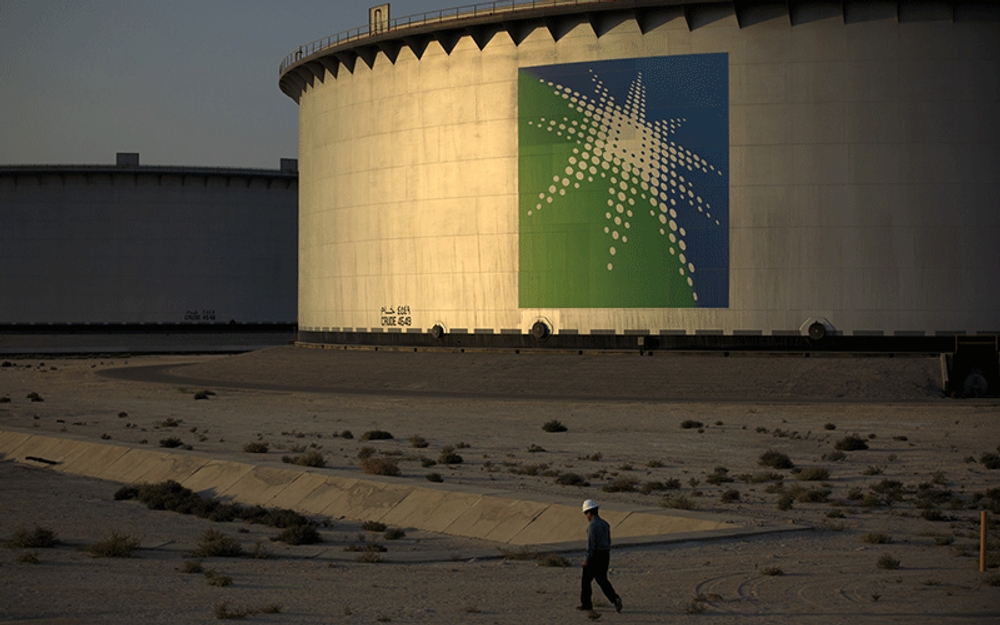Published
- 3 min read
Saudi Arabia’s Geoeconomic Pivot: Transforming the Middle East

A New Saudi Vision for the Middle East
Saudi Arabia’s ambitious modernization, spearheaded by Crown Prince Mohammed bin Salman (MBS), is redefining the Middle East’s dynamics. Rooted in the Vision 2030 initiative, the kingdom seeks to diversify its oil-dependent economy, expand women’s participation in the workforce, and embrace cutting-edge technologies. This transformation has implications far beyond its borders, shifting the region’s focus from traditional geopolitics to economic innovation and stability.
The Economic Modernization Driving Change
With a population where over 70% are under 35, Saudi Arabia’s “youth bulge” is both a challenge and an opportunity. Vision 2030 aims to capitalize on this demographic advantage by creating employment opportunities in non-oil sectors, such as technology, tourism, and entertainment.
Notable achievements include:
- Infrastructure Developments: The unveiling of ultramodern projects like the world’s longest driverless metro in Riyadh.
- Cultural Reforms: Public events featuring global icons, from Jennifer Lopez concerts to film festivals, signal a societal shift.
- Technological Investments: Saudi Arabia is heavily investing in AI, renewable energy, and futuristic city projects like NEOM.
This geoeconomic pivot not only aims to ensure domestic prosperity but also positions Saudi Arabia as a key player in the global economy.
Diplomatic Shifts and Regional Stability
Saudi Arabia’s modernizing drive has been accompanied by a recalibration of its foreign policy. While the kingdom previously engaged in aggressive regional interventions, such as the Yemen conflict and a blockade against Qatar, recent years have seen a focus on diplomacy and reconciliation.
- Iran Rapprochement: The China-brokered normalization of relations with Iran marks a significant strategic shift, reducing regional tensions.
- Israel Relations: Although progress toward normalization with Israel has slowed, Saudi Arabia remains cautiously open to dialogue, particularly if it secures a robust U.S. security guarantee.
- Palestinian Cause: While public support for Palestinians endures, Riyadh has softened its rhetoric, reflecting a pragmatic approach to maintain geopolitical flexibility.
These diplomatic strategies underscore Saudi Arabia’s desire to create a stable environment conducive to its domestic ambitions.
Challenges on the Path to Transformation
Despite the progress, significant hurdles remain:
- Youth Employment: Sustaining the momentum of job creation to meet the demands of a rapidly growing workforce.
- Oil Dependency: Fluctuating oil prices continue to pose economic risks, necessitating faster diversification.
- Regional Instability: Ongoing conflicts in Gaza, Yemen, and Syria present security challenges, while Iran’s nuclear ambitions remain a concern.
Balancing these internal and external pressures will be crucial for Saudi Arabia to realize its vision.
A New Geopolitical Order
Saudi Arabia’s transition reflects a broader trend in the Middle East, where economic considerations are beginning to outweigh traditional power struggles. This “geoeconomic” focus is reshaping alliances and redefining the region’s global standing.
Countries like the United Arab Emirates (UAE) and Qatar have set precedents for leveraging wealth and innovation for global influence. Saudi Arabia, with its scale and resources, is poised to surpass them, provided it navigates its challenges effectively.
Conclusion
Saudi Arabia’s transformation under MBS is unprecedented, not only altering the kingdom internally but also impacting the entire Middle East. As the region shifts from conflict-driven geopolitics to opportunity-driven geoeconomics, Saudi Arabia’s success could serve as a blueprint for stability and prosperity. With the right balance of domestic reforms and strategic diplomacy, Riyadh may well emerge as the fulcrum of a reimagined Middle East.
